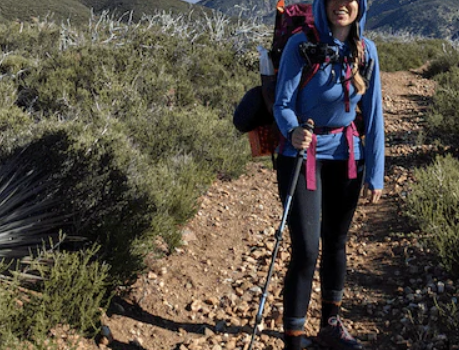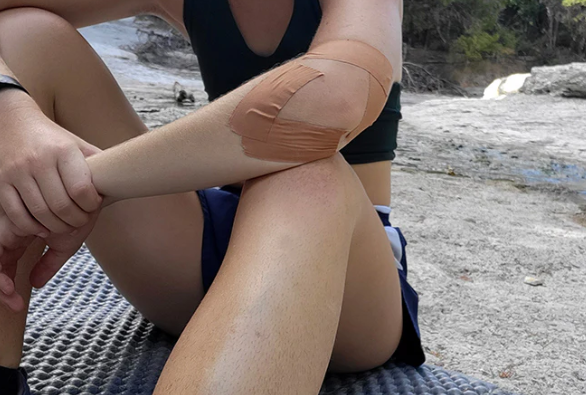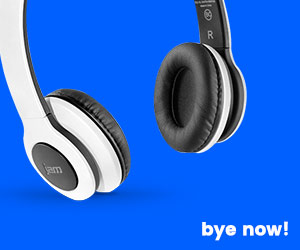
In today’s digital age, technology plays a significant role in backpacking, making outdoor adventures easier, safer, and more enjoyable. During my 2018 Pacific Crest Trail (PCT) thru-hike, I relied on various electronic devices that helped me navigate, stay connected, and document my journey. Although new models and improved gear are available today, my experience can still offer valuable insights into how technology can enhance your backpacking experience.
The Basics of My Hiking Tech
For my PCT hike, I carried a combination of devices that ensured I was prepared for anything the trail threw at me. The key was to find a balance between functionality, weight, and battery life. Here’s a breakdown of the tech I used:
iPhone 8 Plus
The iPhone 8 Plus was my go-to device for several reasons. With its dual-camera system featuring wide-angle and telephoto lenses, it allowed me to capture stunning photos along the trail. I chose this phone before my hike because of its increased storage and improved camera capabilities, which helped me document the journey without worrying about uploading photos during the hike.
I used my iPhone for various purposes, including:
- Photography and video: Capturing moments on the trail.
- Navigation: Accessing maps and trail guides.
- Entertainment: Listening to podcasts and music during longer stretches of the hike.
- Emergency flashlight: Always having a backup light source.
- Research: Checking trail conditions and weather updates when I had a signal.
- Communication: Staying in touch with family and friends back home.
To conserve battery, I kept the phone on Airplane Mode and Low Power Mode whenever possible.
FarOut Guides (formerly Guthook)
FarOut Guides is an app specifically designed for thru-hikers, and it was a lifesaver during my PCT hike. The app combines topographical maps, navigation, and a trail guide, showing everything from water sources to campsites and trail hazards. One of the best features of FarOut is its elevation profile, which helps hikers understand the terrain they’re about to encounter.
It also offers a user-generated comment system, so you can get updates from other hikers, making it a fantastic tool for keeping track of trail conditions and closures. While I couldn’t rely on it for everything, it was one of the most crucial apps I used on the trail, especially for navigation.
Garmin inReach
The Garmin inReach was arguably the most critical piece of technology I carried. This satellite communicator allowed me to send and receive messages when there was no cell service, which helped me stay in touch with my family. Each night, I sent a check-in message to my parents, giving them peace of mind.
The inReach’s SOS button was another essential feature, offering a direct line to search and rescue in case of an emergency. I also relied on its weather feature when in the remote areas of Washington, where weather forecasts for nearby towns didn’t always match conditions in the mountains.
Since the Garmin inReach Mini has since been released, I would recommend any Garmin inReach model for backcountry communication during long hikes like the PCT.
Anker PowerCore II 20,000 mAh
Having a reliable power bank is crucial for multi-day hikes where you rely on electronics for navigation, communication, and even entertainment. I chose the Anker PowerCore II 20,000 mAh after thorough research and direct communication with Anker’s customer service. This power bank had the capacity to keep my devices charged, even when I needed to charge my phone and headlamp daily.
I paired it with a quick-charging wall charger, and it took about 5 hours to fully charge the battery. The weight was manageable, and the power bank lasted around 9 days when charging my iPhone and other devices. Since tech advancements continue rapidly, newer power banks now hold even more power while maintaining the same size and charging faster. If you’re planning a hike, I recommend checking out Anker’s latest models.
Striking the Right Balance with Technology
While technology certainly makes backpacking more efficient, it’s important to strike a balance between staying connected and fully experiencing the outdoors. Some hikers prefer minimal tech, while others embrace a more tech-savvy approach, as I did. For my PCT hike, having the right gadgets helped me navigate, stay safe, and capture the essence of my journey.
Although I also carried a mirrorless camera, I found myself questioning if it was worth the extra weight on such a long hike. Going forward, I may rely more on my smartphone for photos and leave the extra camera behind, especially if I’m aiming for a lighter load.
Whether you’re hiking the PCT, or just embarking on a shorter backpacking adventure, incorporating the right technology can elevate your experience, but make sure not to over-pack. You’ll want to make sure that your gear is both functional and manageable, allowing you to focus on the adventure itself.












